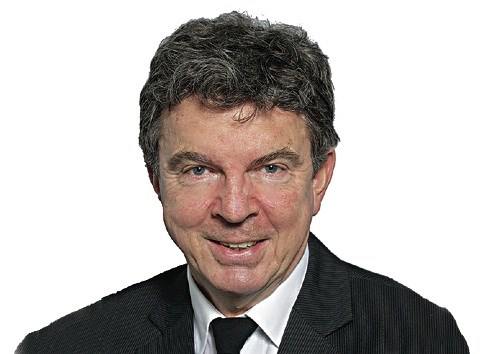 The economics that the B.C. Utilities Commission will be relying on suggest that it’s going to recommend to the NDP government that the Site C dam should proceed.
The economics that the B.C. Utilities Commission will be relying on suggest that it’s going to recommend to the NDP government that the Site C dam should proceed.
But the politics in the cabinet room and elsewhere make it an open question about what the NDP will do with the report it has been demanding for years.
The government’s formal referral on Wednesday of the $9-billion dam’s future to that regulatory agency frames the issues in fairly neutral terms. But recent history, the quick deadline and the march of time all suggest B.C. is past the point of no return on the massive project.
The only counter to that impression is that assorted cabinet ministers have nothing but contempt for the project. So does the Green caucus, on which the NDP’s survival depends. So the commission’s recommendation is one thing, and what the cabinet does with it is another.
The independent commission would have to pack a lot of compelling new arguments into an absurdly short time frame to come up with any conclusion other than proceeding with the dam. Energy Minister Michelle Mungall said the commission will start work on Aug. 9. It is due to deliver a report by Nov. 1, but the key verdict will likely be in the preliminary report, which is due in just six weeks, by Sept. 20.
The Site C dam has created a paper trail over the decades that’s as tall as the dam itself. The commission is expected to sift through all that, consult with the public (in the middle of a terrible fire season) and come up with specific findings on very complex questions.
The first one is to “confirm whether or not B.C. Hydro is on target to complete Site C on budget and by 2024.”
The project has encountered some engineering difficulties and also ran into a perception problem related to an expropriation. B.C. Hydro was recently claiming that if the expropriation wasn’t finished soon, it would pile up hundreds of millions in compounding delay costs. But officials on Wednesday said a workaround has eased that pressure.
So at this point, there’s no evidence of any cost overruns big enough to justify walking away. There is, however, the established pattern of huge government projects always winding up way over budget.
The second task is to advise on the implications of three options: Proceeding, suspending with the option of resuming construction later, or terminating, remediating and starting other projects that provide the same benefits at the same cost as Site C or lower.
The NDP government has also informed the commission it is to be “guided by the understanding” that this review is not a reconsideration of decisions made during the environmental assessment process, by statutory decision-makers or by the courts.
That appears to take a lot of the concerns about loss of farmland and environmental effects off the table. The only question is: Does this dam make economic sense?
And it’s being asked two years into construction, after about $4 billion has been spent or committed and at a point where more than 2,000 people are working on the project. The recommendation, however constrained, is likely to be: Carry on.
The commission is expected to determine the cost of mothballing the project for several years, and also what the potential mechanisms would be to recover those costs. (A garage sale? Guided tours for taxpayers curious to see where all their money disappeared?)
It also has to determine what other options would generate power, curb consumption, shape demand by way of storage and grid management, and still meet emission standards, including the new benchmarks in the Paris Climate Accord that Canada signed after the dam commenced.
There are exciting developments in alternative energy. But the commission’s watchwords are “safe” and “reliable.” It’s predisposed to caution. Recommending a halt so the government can take a flyer on a brand-new venture — more likely a handful of new replacements — would be out of character.
Cabinet doubters and the need to consider Green sensibilities could prompt a halfway measure, such as mothballing the dam until the picture is clearer. But that amounts to no decision at all.
A grudging go-ahead looks more likely.



